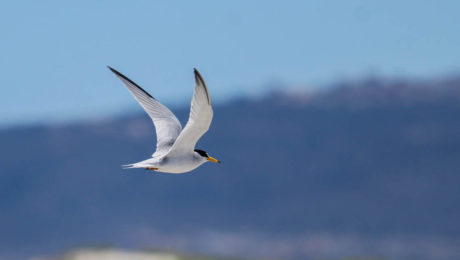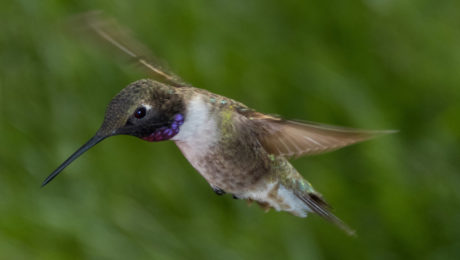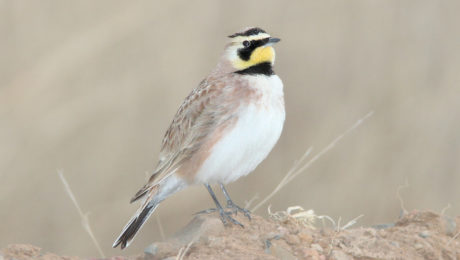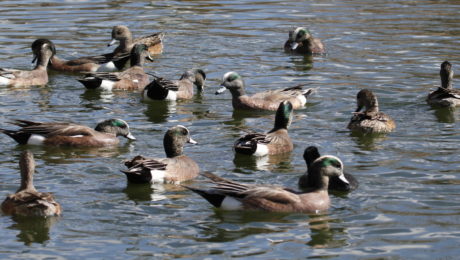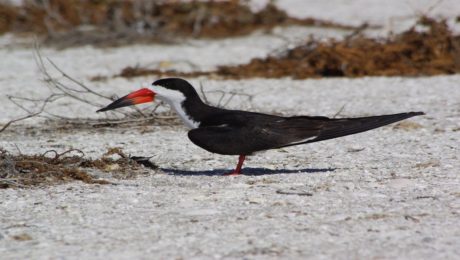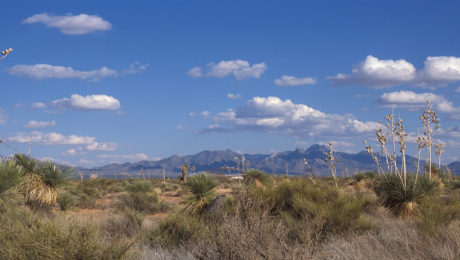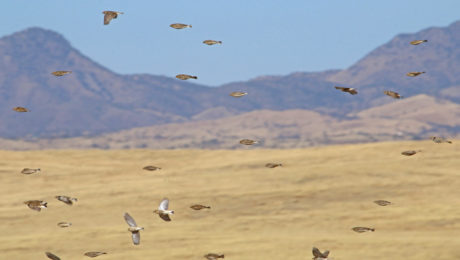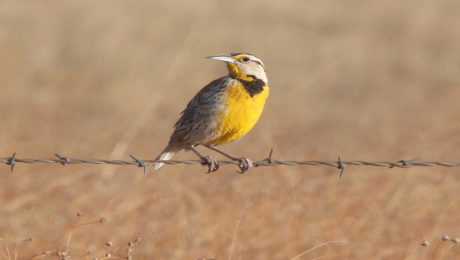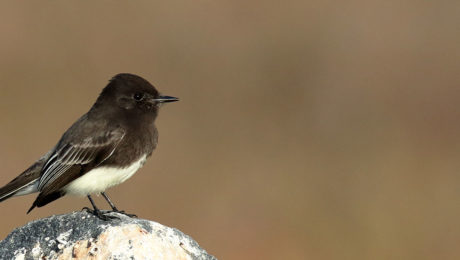California Least Tern and Western Snowy Plover Recovery Efforts in Mexico
Nesting populations of California Least Tern and Western Snowy Plover are on the rise in Mexico thanks to collaborative conservation efforts. However, they still face many threats including loss and degradation of coastal dune habitat.
- Published in News
Hummingbird Response to Change
The Hummingbird Monitoring Network is working to understand hummingbird responses to change in order to provide resources and opportunities for engaging partners in hummingbird and pollination services conservation.
- Published in News
Desert Avicaching: Coordinated Bird Monitoring through Citizen Science
The 2018 pilot season of Desert Avicaching was a success! Check out some of our initial results and lessons learned from the project.
- Published in News
Greater Phoenix Area Waterbird Survey
As one of the fastest-growing metro areas in the country, Phoenix’s newer desert communities frequently entail water features. These artificial water bodies attract numerous species of waterbirds, prompting a need for coordinated monitoring efforts to track their status, population trends, and the potential for urban-wildlife conflict.
- Published in News
Monitoring Migratory Waterbirds in Mexico’s Wetlands
The coastal wetlands of northwestern Mexico are some of the most important habitat for migratory waterbirds that winter in Mexico. With funding support from the Sonoran Joint Venture’s Awards Program, a coordinated monitoring protocol was developed and implemented through a collaborative effort across priority sites to better inform conservation and management decisions.
- Published in News
Grassland Birds in Crisis
Call to Action: Conversion of Chihuahuan Desert grasslands to agriculture is happening at an alarming rate, especially in Mexico. Partnerships facilitated by the Migratory Bird Joint Ventures (including the Sonoran and Rio Grande JV’s) are working to protect and improve remaining habitat, but there is a long way to go. Get on board to make grassland conservation in the U.S. and Mexico a top priority!
- Published in News
Science and Collaboration Reinvigorates Masked Bobwhite Quail Recovery
Using innovative science and collaboration between U.S. and Mexican partners, researchers and land managers are tackling how get Masked Bobwhite Quail to survive and persist on the landscape once again.
- Published in News
Monitoring Chestnut-collared Longspurs in southeast Arizona
The Chestnut-collared Longspur is a charismatic grassland bird that has declined by more than 87% since 1966. Learn how the Arizona IBA program and Tucson Audubon Society are conducting surveys to better identify wintering habitat needs in order to protect critical areas for the species.
- Published in News
Getting to Know the Birds of Arizona Grasslands
Tice Supplee introduces us to the natural history of Arizona grassland birds. Learn why the sometimes difficult to identify “Little Brown Jobs” are so worth the time!
- Published in News
Vacancy: SJV Science Coordinator
The SJV is hiring a bilingual Science Coordinator to facilitate binational biological planning, evaluation, research, and habitat conservation for birds. Apply now!
- Published in News


 English
English  Español
Español 